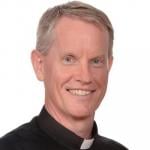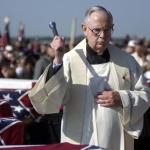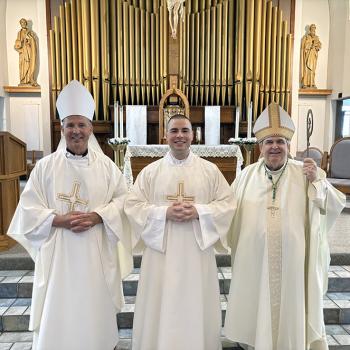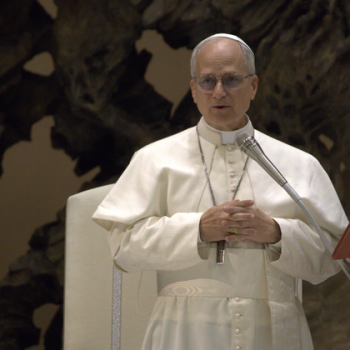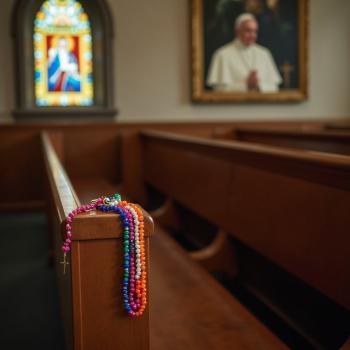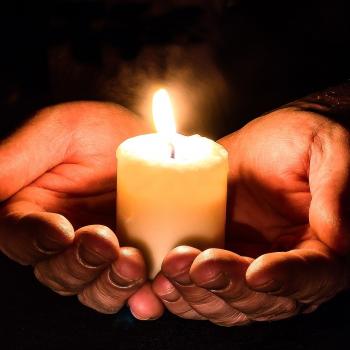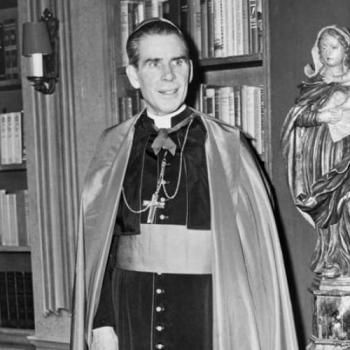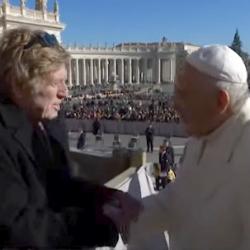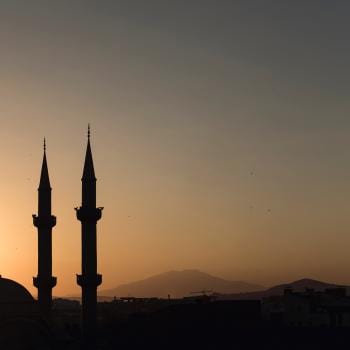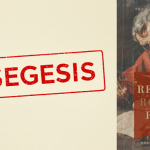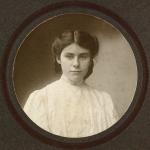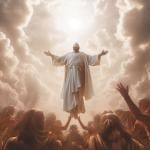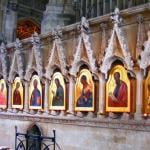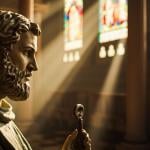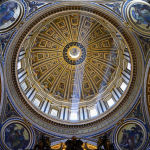With all the hand-wringing this week about women deacons, one significant change to canon law has been largely overlooked.
It happened in 2009, when Pope Benedict issued a brief Motu Proprio that clarified the different roles of the three levels of clergy.
The pertinent text:
Having heard the views of the Congregation for the Doctrine of the Faith and the Pontifical Council for Legislative Texts, and after inquiry among my venerable brethren, the Cardinals of Holy Roman Church in charge of the Dicasteries of the Roman Curia, I decree the following:
Art. 1. The text of can. 1008 of the Code of Canon Law is modified so that hereafter it will read:
“By divine institution, some of the Christian faithful are marked with an indelible character and constituted as sacred ministers by the sacrament of holy orders. They are thus consecrated and deputed so that, each according to his own grade, they may serve the People of God by a new and specific title”;
Art 2. Henceforth can. 1009 of the Code of Canon Law will have three paragraphs. In the first and the second of these, the text of the canon presently in force are to be retained, whereas the new text of the third paragraph is to be worded so that can. 1009 § 3 will read:
“Those who are constituted in the order of the episcopate or the presbyterate receive the mission and capacity to act in the person of Christ the Head, whereas deacons are empowered to serve the People of God in the ministries of the liturgy, the word and charity”.
I posted it on my blog back then, and cited this story from Catholic News Agency:
This morning the Vatican published a Motu Proprio from Pope Benedict called “Omnium in Mentem” and dated October 26. According to J.D. Flynn, a canon lawyer for the Archdiocese of Denver, the new document clarifies the nature of a deacon’s orders and the impact of defections from Catholicism on the validity of a marriage.
“Omnium in Mentum,” roughly translated as “Everything in Mind,” deals with two unrelated topics, a fact that caused Flynn to observe that it’s probably easier to publish one Motu Propio than two.
The first issue addressed by the Motu Propio is the role of the diaconate.
Part of the current canon “describes sacred orders as participating in the headship of Christ,” Flynn explained. “The Motu Proprio clarifies that priests and bishops participate in the headship of Christ ‘in persona Christi,’ whereas deacons serve the Church, the people of God, through the ministry, services, or ‘diaconias’ of liturgy, word, and charity.” Thus, Flynn said, the document emphasizes that there is a “clear distinction between the diaconate and the presbyterate.”
“The distinction is between the deacon who acts “in imago Dei” and the priest who acts ‘in persona Christi,’” Flynn explained.
What this means in layman’s terms is that “we see the diaconate as a unique ministry unto itself and not simply a step along the way to the priesthood,” he added.
Deacon William Ditewig at the time offered this analysis:
From my non-canonical perspective, it seems that what is happening with this motu proprio is that the teaching of the Catechism is now being translated into the law itself. It was major point of my own doctoral dissertation that the theological and canonical language developed to describe ordained ministry over the last millennium or so has really been language related to the sacerdotal orders of bishop and presbyter, and since there were no “permanent” deacons of theological significance, to apply such language (such as “in persona Christi”, or to refer to “sacra potestas” (sacred power) can be problematic when applied uncritically to the diaconate; that since we are NOT sacerdotal, a specifically diaconal theological language should be explored and developed. It seems to me that the kinds of distinctions being offered, first in the Catechism and now in the law itself, will ultimately help in this process.
The problem, of course, is that this is rather new territory and the language being used does not have a long history of interpretation like the sacerdotal terms have. The classic problem, which the International Theological Commission attempted to describe, is between seeing the overall UNITY of the three orders of ordained ministry (how we are all united in a single sacrament of Holy Order), as well as recognizing the very real distinctions between them at the same time. Bishops, for example, are MORE than just presbyters who have been given greater jurisdiction; it has a sacramental identity in its own right. This was a major development at the Second Vatican Council. And, of course, deacons are not priests: we never serve — and cannot serve — in offices that require priesthood: diocesan bishop, for example, or pastor, or judicial vicar. With the renewal of a permanent diaconate at Vatican II, the millennium-long paradigm of “ordination-means-priesthood” was broken. We’re now trying to describe and define what that change actually means.
I’ve already had several e-mails from people suggesting that perhaps this opens the door to ordaining women as deacons. Certainly this becomes much more imaginable if the church adopts a more “each-order-is distinct” approach over the “all-orders-are-essentially-one” approach. Of course, as with most (all?) Catholic theology, we generally adopt a “both-and” approach: there is both unity AND diversity within the relationships of Orders. Whether this means that we might open the door to ordaining women as deacons (because deacons are not priests) remains to be seen.
Another interesting wrinkle: the phrase about priests and bishops “acting in the person of Christ the head” can be interpreted as gender-specific, since Christ is male; the distinction relating to deacons, however, more broadly refers to simply serving the “people of God.”

